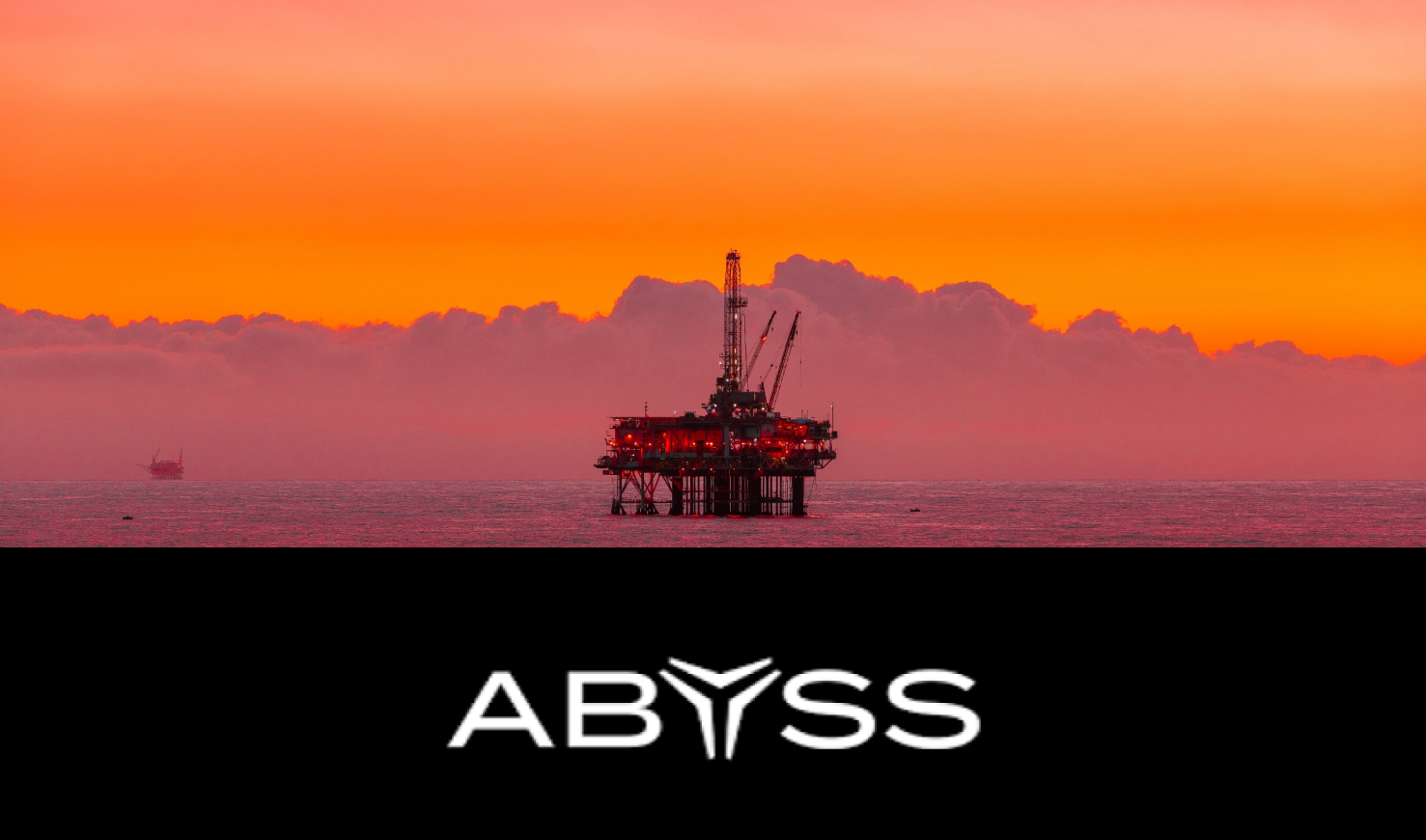Project Summary
- Client: Abyss Solutions
- Role: UX Designer (Product Demo Project)
- Duration: March 2023 – May 2023
- Focus: Risk assessment tool for marine terminals, UI simplification, cross-functional co-design
In my third project at Abyss, I was tasked with designing a demo of the Equipment Sheet (ES) product, aimed at simplifying how marine terminal engineers assess and calculate operational risks. These terminals serve as critical docking points in the oil platform ecosystem, and the existing workflows were spreadsheet-heavy, error-prone, and difficult to navigate in live environments.
Working under significant time constraints, I collaborated intensively with a developer, product leadership, and the broader Fabric team to create a working prototype. The resulting design not only earned client approval for beta development but was also positioned to integrate into Fabric Version 2 as a future module.
Team & Collaboration
- Worked with the Head of Product, Product Manager, and 2 Engineers
- Balanced individual ownership with hands-on co-design sessions using Retool (a no-code platform)
- Maintained alignment with the core team building Fabric Version 2
Challenge
Marine terminal engineers needed a faster and more accurate way to calculate operational risk, especially while on site. Their current workflow relied on dense spreadsheets with dozens of columns, increasing the chance of oversight and slowing down critical decisions. The company also saw this demo as a scalable entry point for expanding Fabric’s capabilities to other parts of the oil platform infrastructure.
Scope & Constraints
- Initial allocation: 2 days for design
- Negotiated timeline: 1 week (still highly compressed)
Approach:
- Co-designed in 2-hour blocks with engineering
- Researched while iterating, using internal documentation and previous insights
- Kept product manager updated for weekly client check-ins
- Skipped formal user stories, using a simplified user flow walk-through model
Design Strategy
Simplification & Collaboration
- Translated a complex flow presented by the product manager into a clear, functional user flow
- Guided the engineer through each step, using plain language and shared screens
- Used Retool to build the working demo collaboratively in real-time
Information Architecture & Future Alignment
- Recognized that this tool might become part of Fabric’s modular platform
- Proactively restructured the ES Sheet interface to support future integration
- Secured buy-in from the Fabric V2 team to ensure continuity and cross-product cohesion
Outcome
- The final design was presented to the client by the Product Manager
- Received client approval to move forward with beta development
- Internally positioned as a pilot model for broader risk assessment tooling within Fabric
Learnings
- I’m proud of how I adapted the process under pressure, especially choosing direct co-design over formal documentation
- Identifying future information architecture needs early helped the product remain scalable
- This project reinforced the value of intuitive structure, clear flows, and real-time communication when time is limited
Next Steps
The ES Sheet will be piloted on a full Marine Terminal before being evaluated for wider rollout across oil platform infrastructure.
